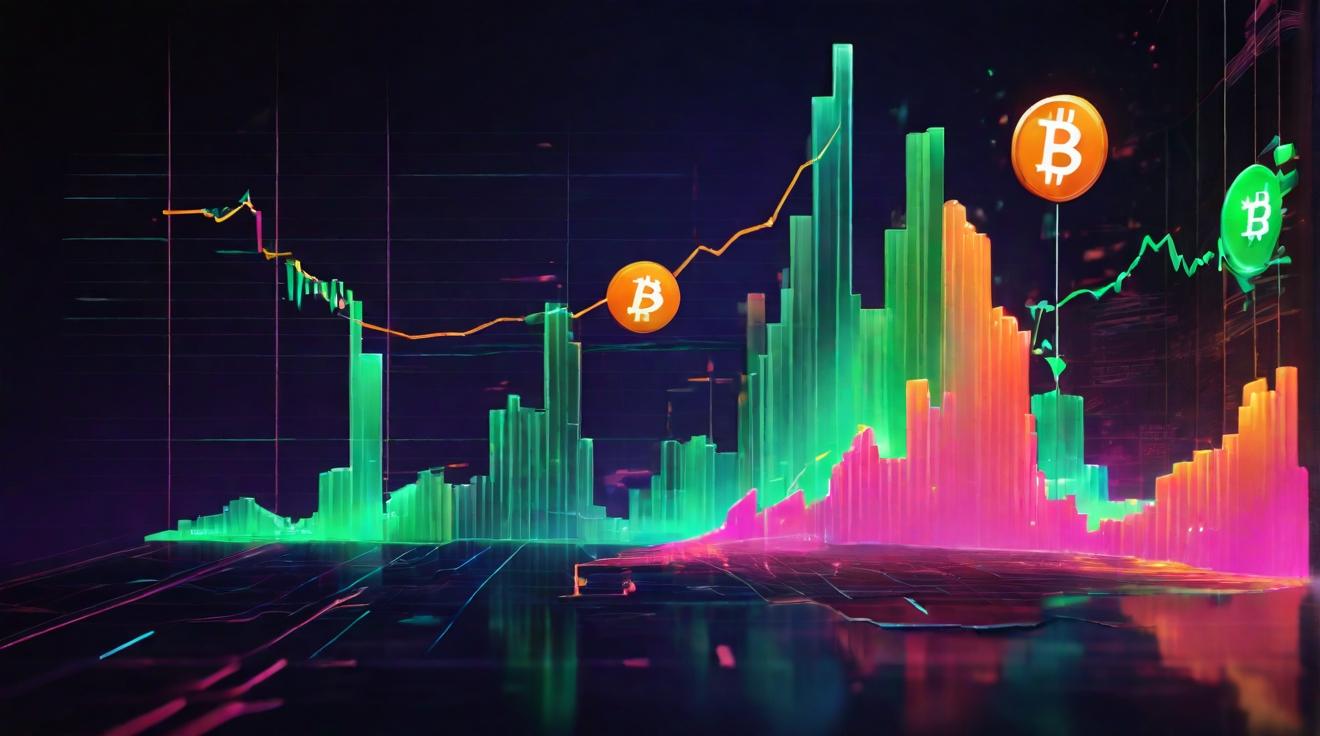Ethereum (ETH) Supply Reaches Record Low on Exchanges
Ethereum, the world's second-largest cryptocurrency, is experiencing a significant shift in its market dynamics. According to data from Glassnode, as of late August 2024, only 9.75% of Ethereum's total supply is held on centralized exchanges (CEXes). This marks the lowest percentage in the history of the digital asset, which many experts view as a bullish signal.
Understanding the Ethereum Supply Shift
Traditionally, when a large portion of a cryptocurrency is held on exchanges, it suggests that investors might be ready to sell. Conversely, a decrease in exchange holdings, like the current scenario with Ethereum, indicates that holders prefer to store their assets in private wallets, anticipating a future price increase.
What Does This Mean for Ethereum's Price?
Leon Waidmann, Head of Research at Onchain Foundation, highlights the potential impact of this development: "We are not bullish enough (…) As this development continues, Ethereum supply shock potential is real." This means that with fewer Ethers available on CEXes, any increase in demand could lead to a rapid price appreciation.
Market Behavior and Investor Sentiment
Earlier in March 2024, the Ethereum community was actively depositing their coins into exchanges to capitalize on price peaks. Currently, the trend has reversed, signaling a lack of selling interest as investors anticipate better price points before selling their assets.
Ethereum Gas Prices at Historic Lows
Alongside the shift in supply dynamics, Ethereum usage costs have also declined significantly. As of August 2024, the average gas price for Ethereum transactions has plummeted to 2.6 Gwei, meaning users can send transactions for as low as $0.28. This is a considerable drop compared to last year when gas prices were over 16 Gwei.
Implications of Lower Gas Prices
The reduction in gas prices can be attributed to recent network upgrades and decreased on-chain activity in Ethereum's Layer 1 (L1). Lower transaction costs make Ethereum more attractive for users and developers, potentially driving more activity on the network.
In summary, the combination of reduced Ethereum supply on exchanges and lower gas prices could set the stage for bullish momentum in the market. As decentralized finance (DeFi) and other applications continue to grow, Ethereum's role in the digital asset ecosystem remains pivotal.













